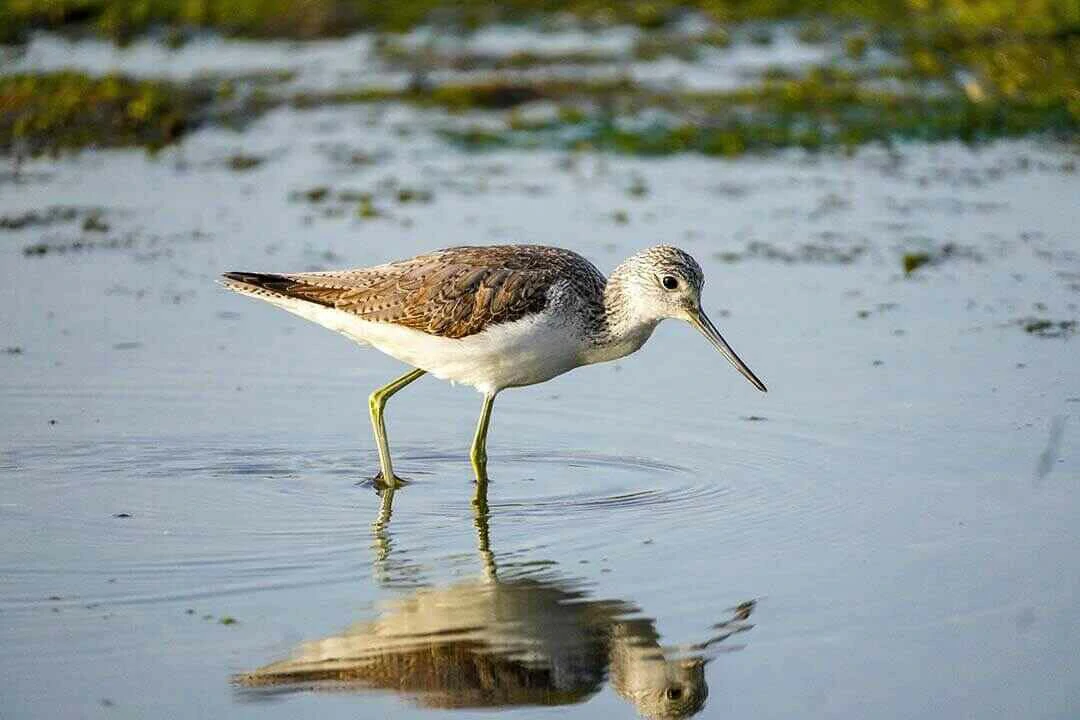
BIRDING IN
Morne Seychellois National Park
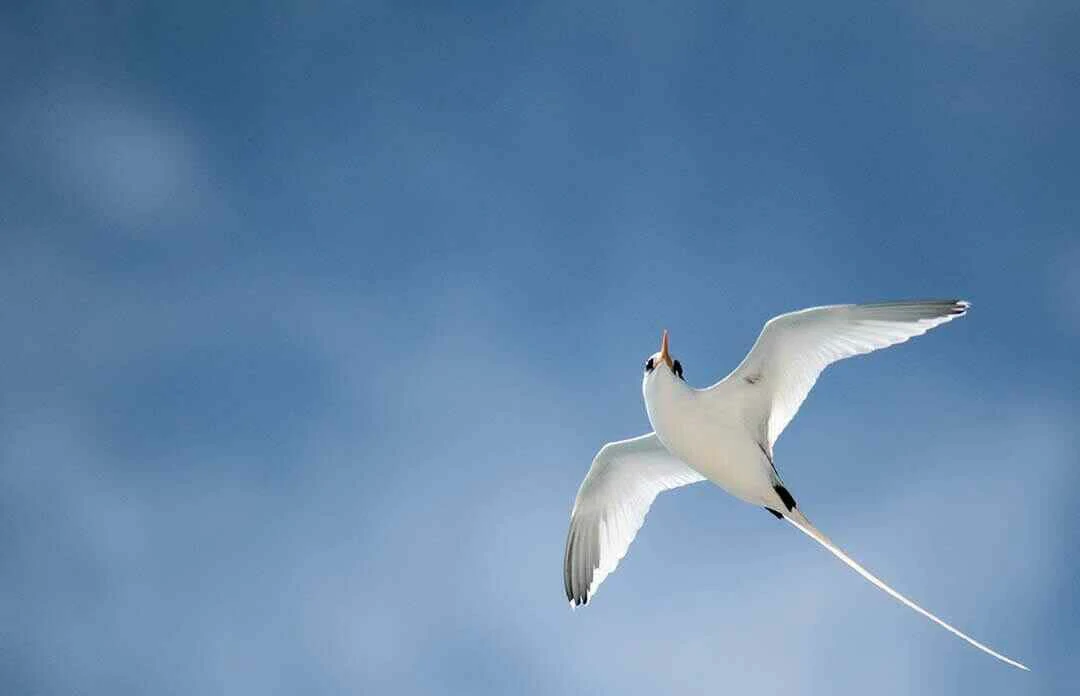
BIRDING IN
Morne Seychellois National Park

BIRDING IN
Morne Seychellois National Park
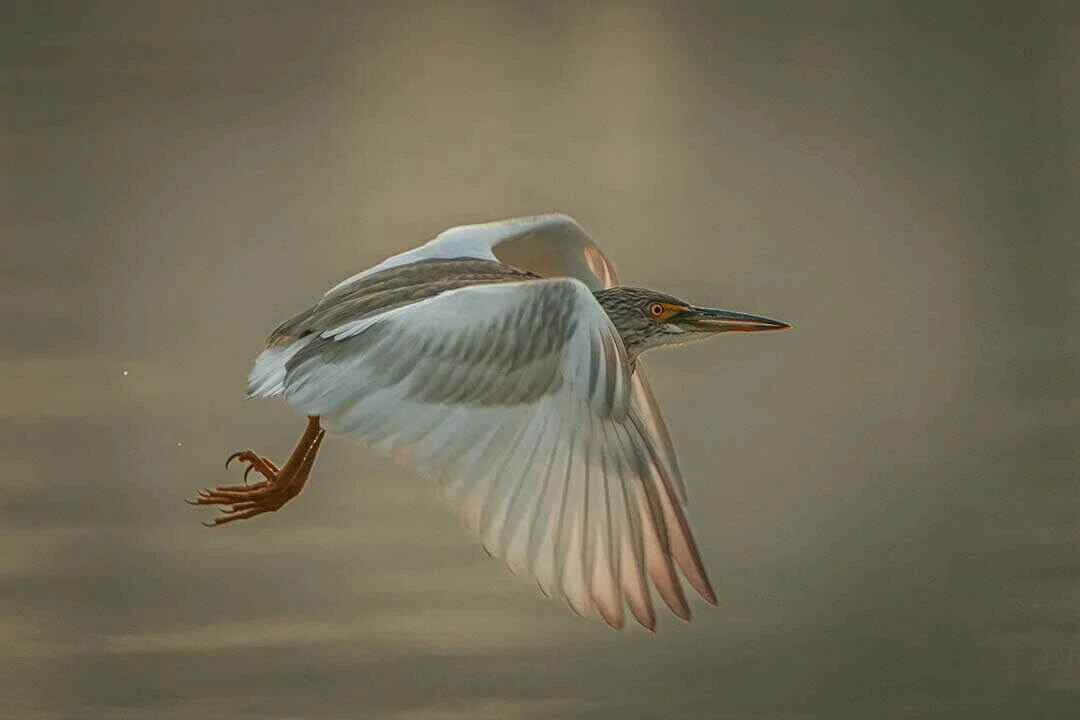
BIRDING IN
Morne Seychellois National Park
The Morne Seychellois National Park is situated on the north-western and central part ofthe island of Mahe, the largest island of the Seychelles archipelagowhich includes the highest mountain of Seychelles at 914 meters. Morne Seychellois covers an area of approximately 3,045 hectares, more than 20% of Mahe and made up of a mixture of mangroves, lush tropical jungles and tall mountains. It is 10 kilometers in length and between 2 kilometers and 4 kilometers wide, equipped with an extensive trail network, covering more than 15 kilometers.Its steep slopes are covered with dense secondary forests and shrub woodland, interrupted by impressive cliffs and granite boulders glacis.
This Important Bird Area also includes the mountainous area to the southeast, between the former Satellite Tracking Station (New Savy), Cascade, Montagne Planeau, Grand Bois, Castor, Varigault and Mont Sébert. This area lies outside the national park, but a project exists to partially protect it. The adjacent areas of La Misère and Cascade, also included, are mainly occupied by man-modified habitats, such asresidential areas, orchards, small-scale agriculture and cattle farms, tea plantations, roads, powerlines and other infrastructure. Forests of low and intermediate altitudes are dominated by exotic, invasive trees mainly Cinnamomum verum, Paraserianthes falcataria and Alstonia macrophylla, shrubs (the invasive exotic Chrysobalanus icaco), and huge granite boulders but, above 600 m in the Morne Seychellois National Park, stands of primary moist forest with few exotics still remain.
Endemic species include Medusagyne oppositifolia and Vateriopsis sechellarum (both very rare), Dillenia ferruginea and Northea hornei (more common), Phoenicophorium borsigianum and Nephrosperma vanhoutteanum, Erythroxylum sechellarum, Nepenthes pervillei and Secamone schimperianus.This park contains virtually the world population of Otus insularis (90 - 180 pairs). The La Misère, Haut Barbarons, and Cascade areas are the only three known significant bird breeding sites on Mahé for Zosterops modestus (c.12 pairs plus helpers, with about 10 - 15 birds at each site).
These hold about 10% of the world population for this species. The Important Bird Area also holds 60 - 120 pairs of Falco araea about 25% of the world population and Collocalia elaphra, of which there are probably several hundreds of pairs, nesting in as yet undiscovered colonies. One cave near Le Niol, apparently occupied in the past, is now deserted. Due to its large size, the spot is also of great importance for Alectroenas pulcherrima, Hypsipetes crassirostris and Nectarinia dussumieri. Other species of interest include Streptopelia picturata picturata, Phaethon lepturus and Gygis alba.
Our Experts are ready to provide answers
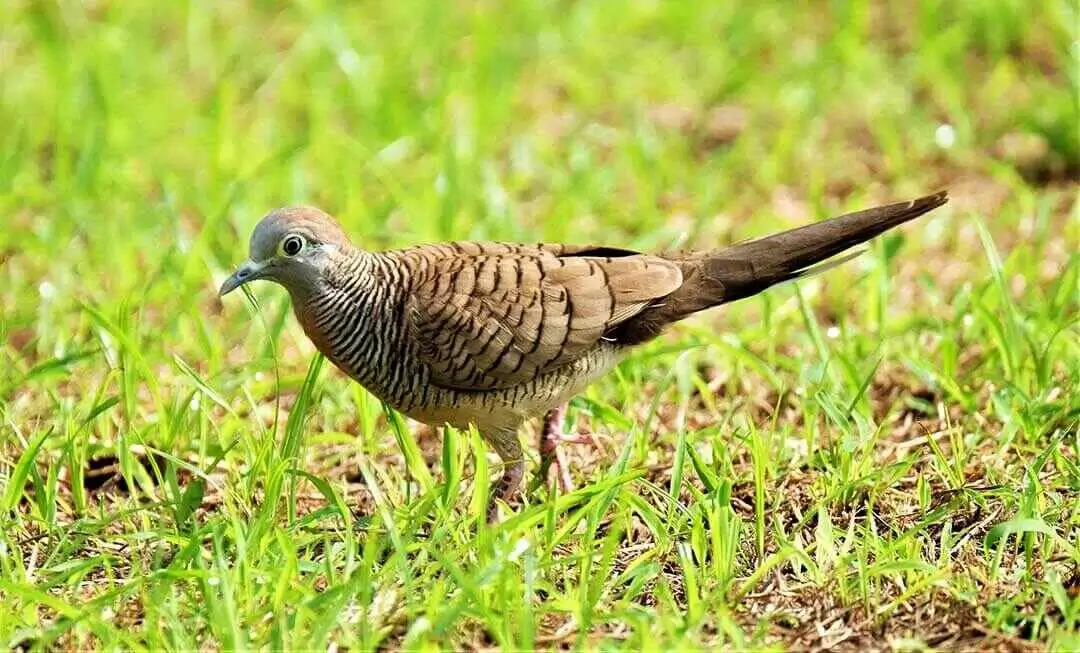
Aride has one of the most important seabird populations in the Indian Ocean. Eighteen species of native birds including five only found in Seychelles breed on Aride, this is far more than on any other granitic island.
Read More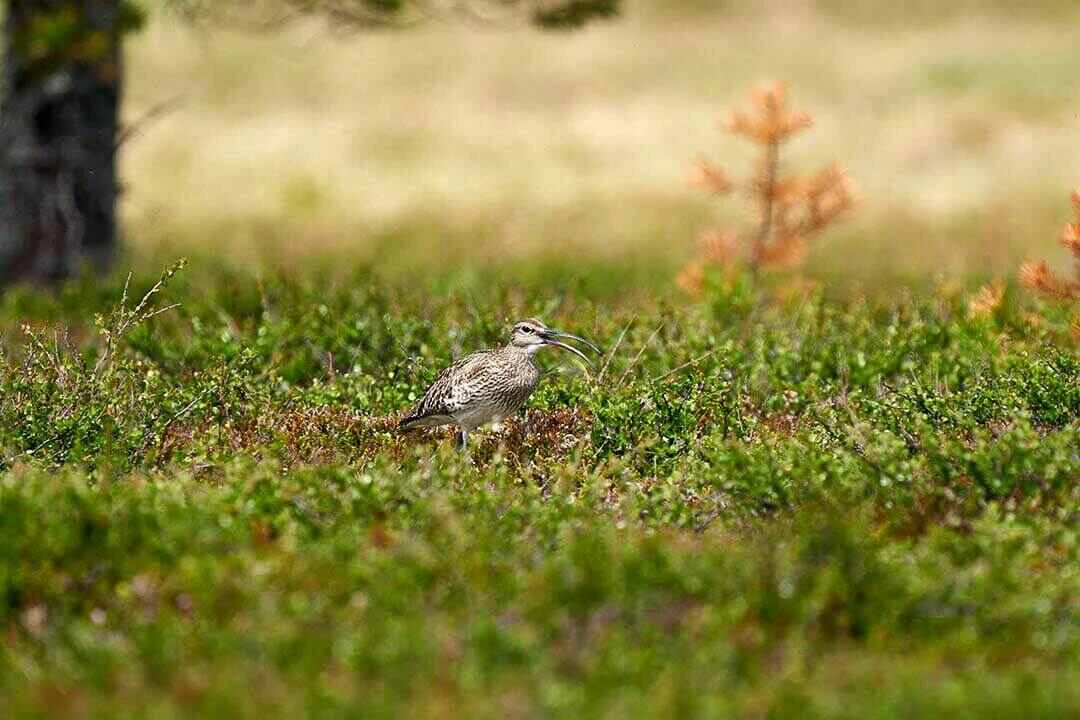
This Important Bird Area is one of the sites of highest ornithological interest in Seychelles. It used to be the last refuge of Acrocephalus sechellensis, with 26 to 29 individuals surviving in 1959.
Read More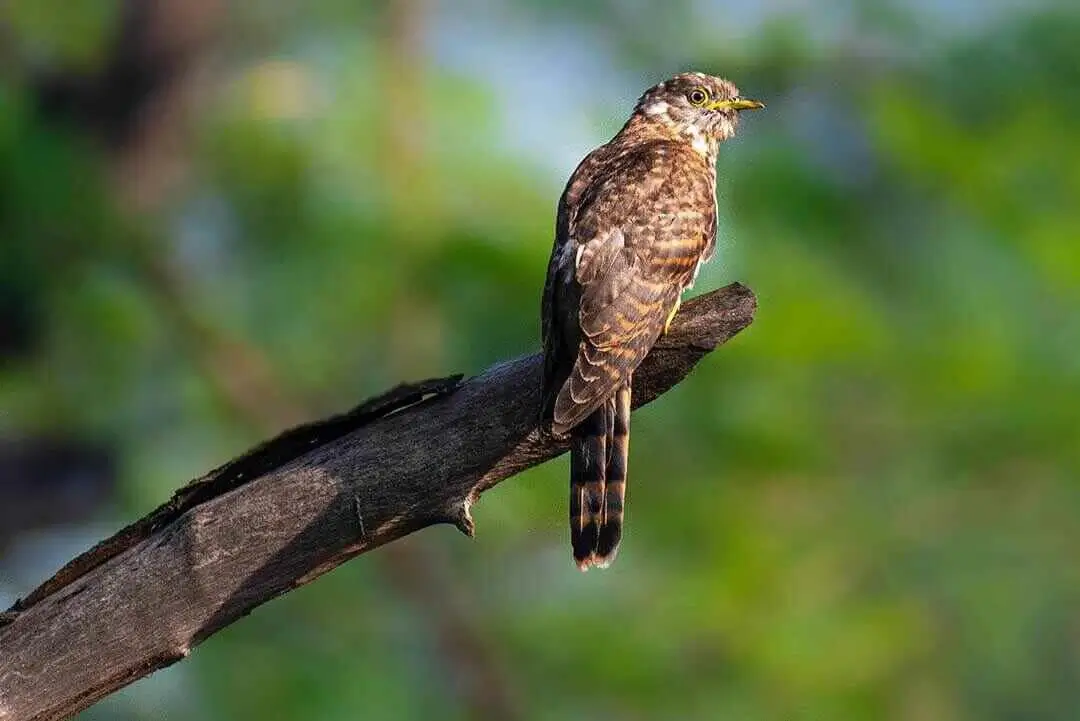
This Important Bird Area is also of vital importance for Coracopsis (nigra) barklyi, as it represents its main breeding and feeding area. Restricted to Praslin and Curieuse, it is the national bird of Seychelles.
Read More